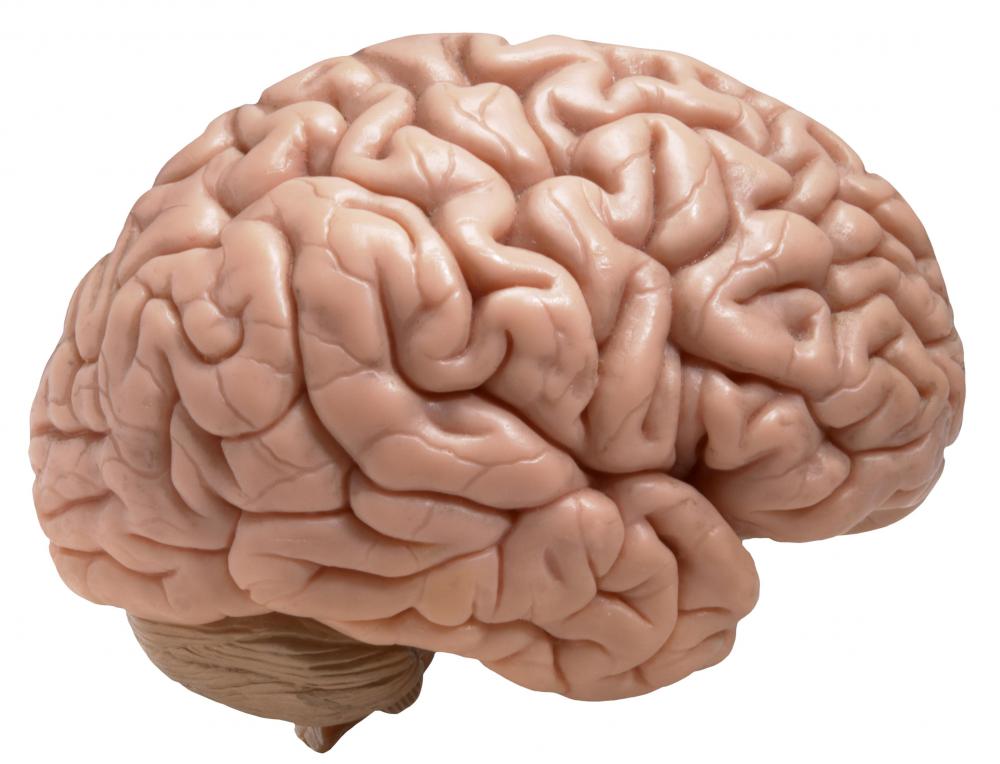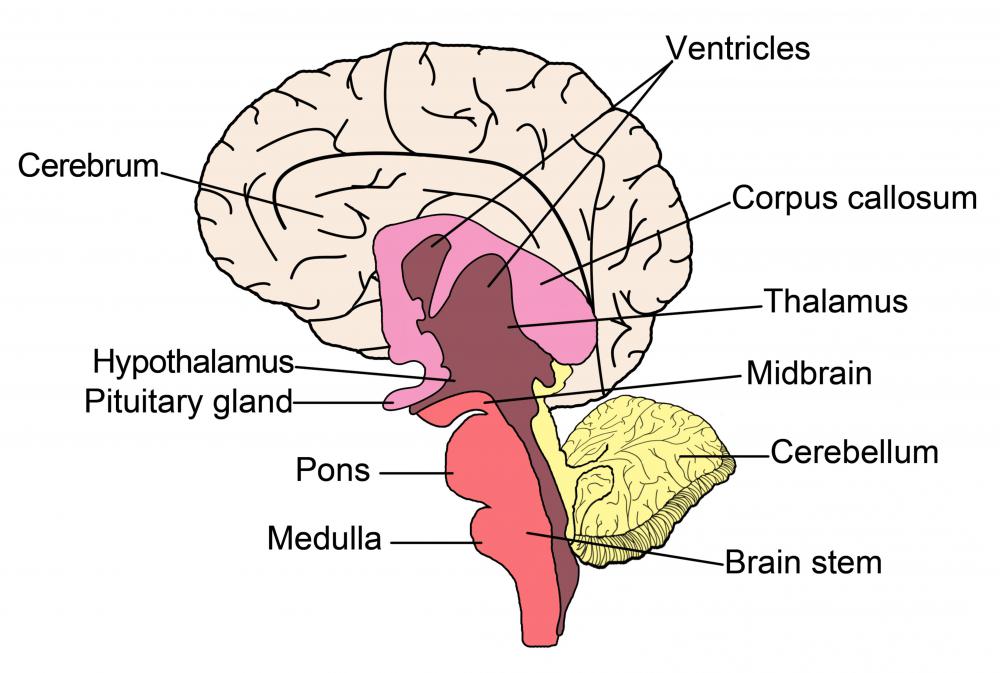At WiseGEEK, we're committed to delivering accurate, trustworthy information. Our expert-authored content is rigorously fact-checked and sourced from credible authorities. Discover how we uphold the highest standards in providing you with reliable knowledge.
What Are the Different Types of Neurokinins?
The neurokinins are a family of neuropeptides found throughout the amphibious, mammalian, and human species. Many act as neurotransmitters for neuron processes, including the regulation of pain and puberty in the human species, and are functional in vasodilations as relaxers of veins and arteries and smooth muscles contractions. Neurokinins are also involved in the regulation of human emotions and are found in receptor centers in the brain, spinal cord, and glands. Some neurokinins are regulators for dopamine and adrenal function neurons, function in the immune system, and are instrumental in constrictions in the lung's airways. They regulate salivary secretion and are members of the olfactory, visceral, and digestive systems in the body.
Neurokinin A is a tachykinin peptide, a type of neuropeptide, and is a neurotransmitter, which means it transmits signals from neurons to cells. Through the nervous system, neurokinin A is responsible for colon and bronchial constrictions and has a role in inflammatory responses. It also functions in urinary bladder functioning, central and peripheral cardiovascular operations, and olfactory responses to stimuli.

Also a tachykinin peptide, Neurokinin B is found in high concentrations in the systems of pregnant women suffering from pre-eclampsia. Research shows that neurokinin B is the chief regulator of human puberty through an hormone released from the brain. It had already been known that neurokinin B was located in the hypothalamus, and it is believed that since its role in producing sex hormones is now known, it may lead to discoveries for sex-hormone-connected prostate cancers.

There is another family of neurokinins known as NK1, NK2, and NK3. In studies on these neurokins, it was found that mice lacking a functioning NK1 had difficulty experiencing visceral pain and could not develop edema or hyperalgesia, which is a heightened sensitivity to pain, in response to noxious stimuli. These NK receptors are found throughout the regions of the spinal cord and from there regulate many functions in the body by mediating signals. Their reach is believed to be throughout the entire central nervous system.

A neurokinin known as neurokinin SP is found in two places along the spinal cord and responds to two types of peripheral pain stimuli. This neurokinin is a regulator of motor activities from the brain stem. It can also be found in the trigeminal nerve between the two hemispheres of the mammalian brain.
AS FEATURED ON:
AS FEATURED ON:















Discuss this Article
Post your comments